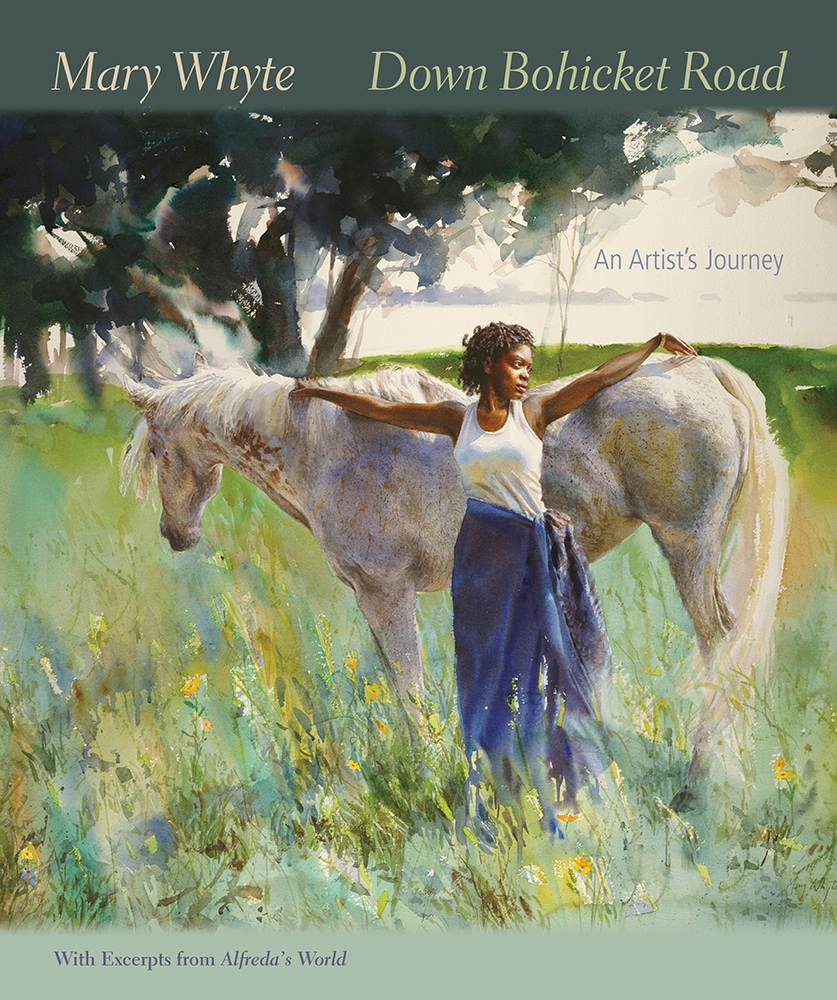
Size: 9 x 10.75
Pages: 152
Illustrations:
Mary Whyte
The inclusion of this book in the Open Carolina collection is made possible by the generous funding of
"The extraordinary work of Mary Whyte, who could easily be named the first visual poet laureate of South Carolina, is astonishing on the very face of it. When I grew up in Beaufort, South Carolina, Ruby Ellis Hryharrow, a friend's mother, was known as the best watercolorist in town. The artists of those early times formed a club of their own, but Mary Whyte's work is in a league of her own. She is painting a South Carolina I thought only a poet or novelist could create. Mary Whyte has made South Carolina a kingdom of her own, and my God, this woman can write and paint."—Pat Conroy, southern writer
"From the quilters at the Hebron St. Francis Senior Center on Johns Island to political leaders and professional luminaries, Whyte lovingly paints her figures as if they were all her close personal friends. Like that of her predecessor Henrietta Johnston, Whyte's work is highly prized by private collectors and museums across the country. Both artists were looking for fresh starts when they moved to Charleston, and instead they found their artistic souls."—Angela Mack, from the foreword
"Through patience and persistence, the phenomenal paintings of Mary Whyte magnificently capture the living Gullah heritage and culture of rural life that perseveres among the Sea Islands and marshlands of the South Carolina lowcountry. Using her skills in the arts of listening, acceptance, and presence, Whyte shares customs and traditions of community, foodways, music, and spirituality that have survived and evolved for two centuries. Whyte's paintings are accompanied with exquisite, reverent narratives as powerful and timeless as the rows of ancient oaks that line and shelter Bohicket Road."—Jonathan Green, southern artist
"A captivating portrait of women living in the countryside near Charleston, S.C., delivered in words and images by artist and author Whyte (Alfreda's World). After the author survived cancer and the failure of her Philadelphia art gallery, she moved to South Carolina and was drawn to the area's unusual Gullah culture. Her images evoke the vibrant personalities of Gullah women, impressing upon the reader the virtues of rural life in a world that values speed, noise, and technology. Whyte describes her own upbringing in a racist household in Ohio, contrasting that with her subjects' power, generosity, and kindness, captured in words and paintings. Whyte's simple narratives and delicate visual style bring these women to life, serving as reminders of the power of friendship and love and the value of faith and hard work."—Publishers Weekly
Copyright 2025
Website By Morweb.org